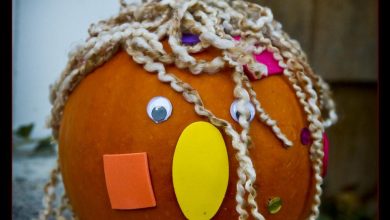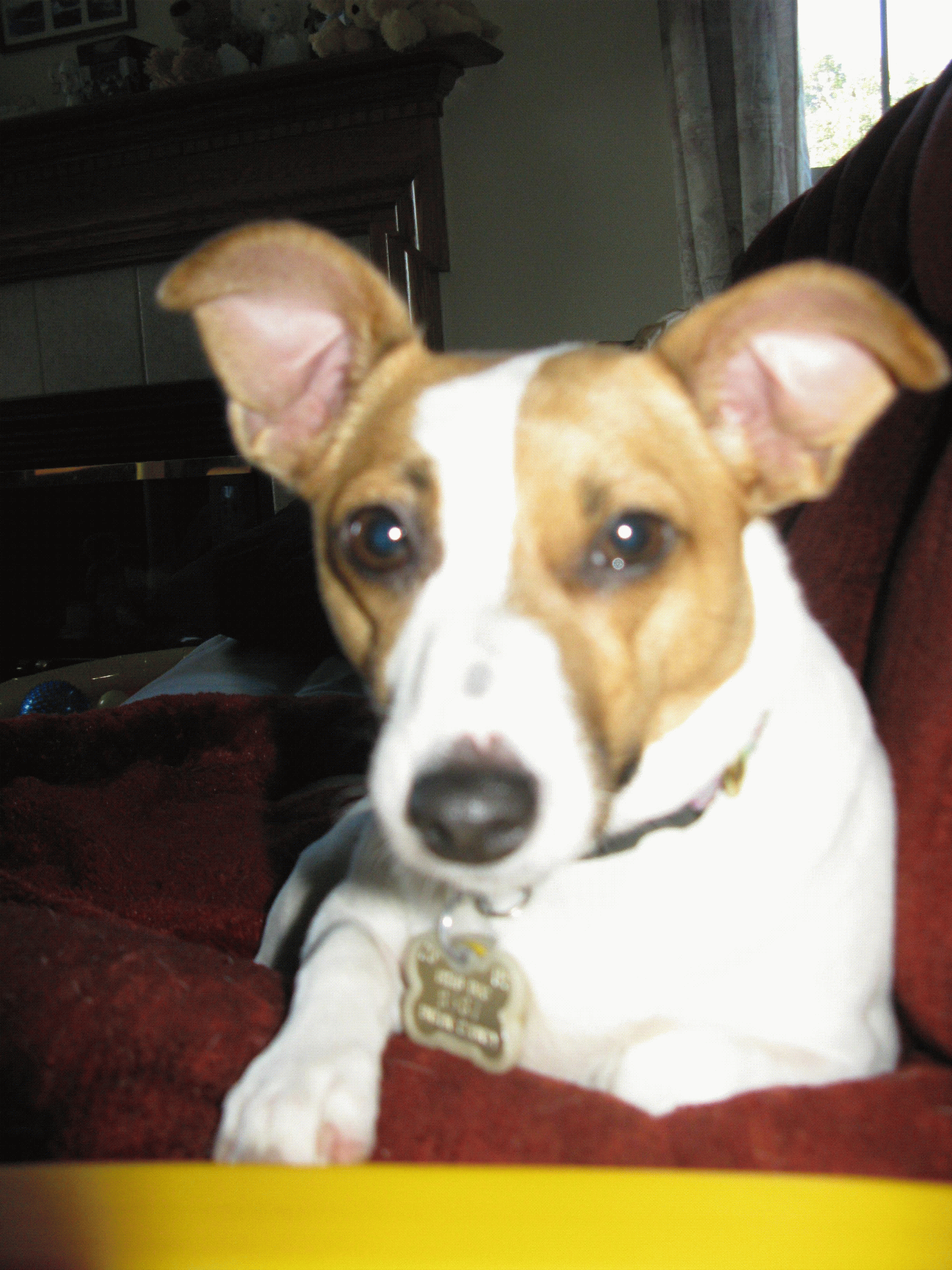Do Pets Have the Ability to Experience Envy
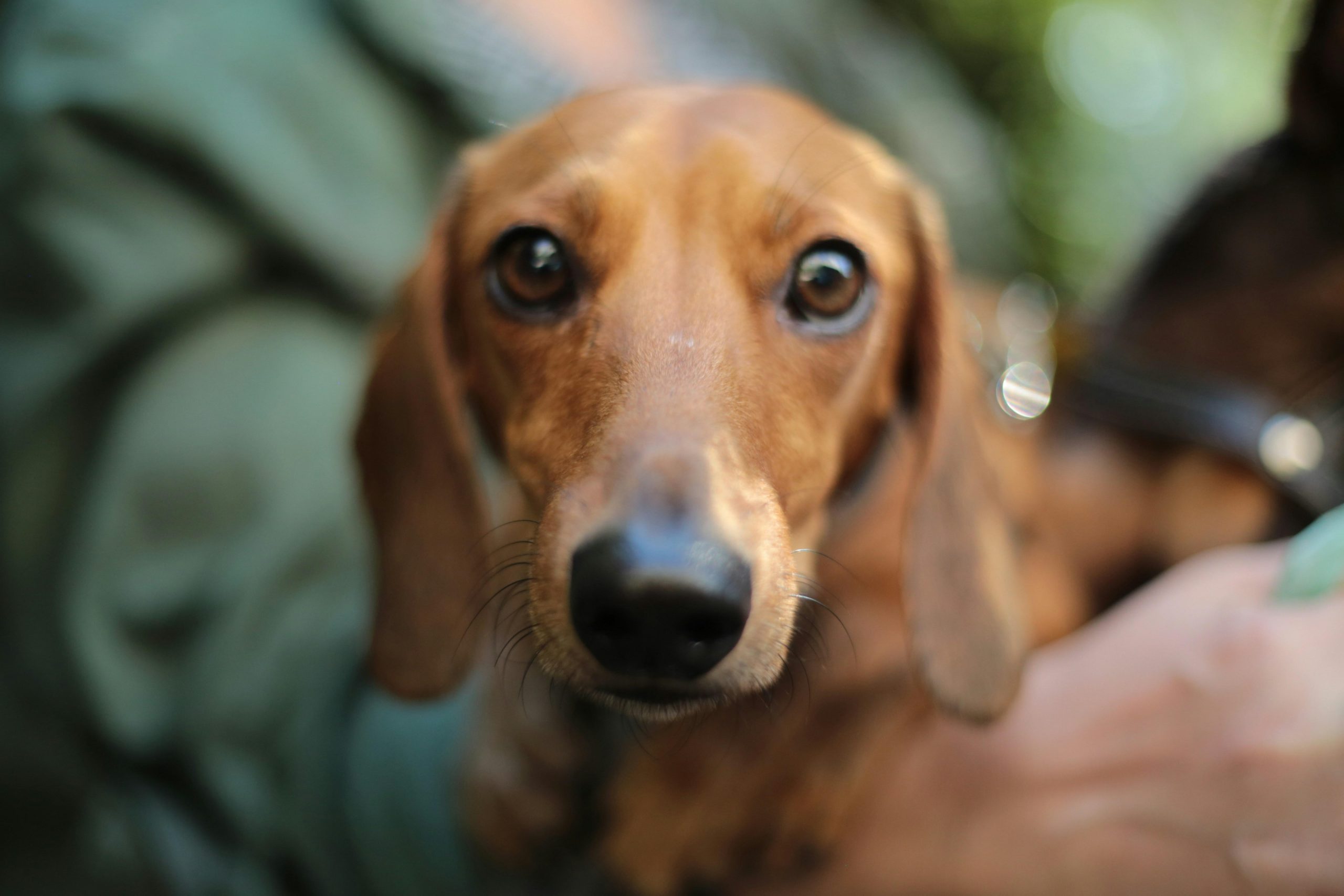
In the heartwarming world of pets, where wagging tails and gentle purrs often speak louder than words, there lies a fascinating question that intrigues both pet owners and scientists alike: do our furry companions have the ability to experience envy? This emotion, typically associated with humans, is often glimpsed in those moments when a beloved pet seems to vie for attention or jealously guard their favorite toy. As we delve into the depths of animal behavior and psychology, this article aims to explore the possibility that our pets might share more of our emotional landscape than we once thought. Join us on this journey as we unravel the mysteries of pet emotions, and discover whether envy might just be another thread in the rich tapestry of feelings that connect us to our four-legged friends.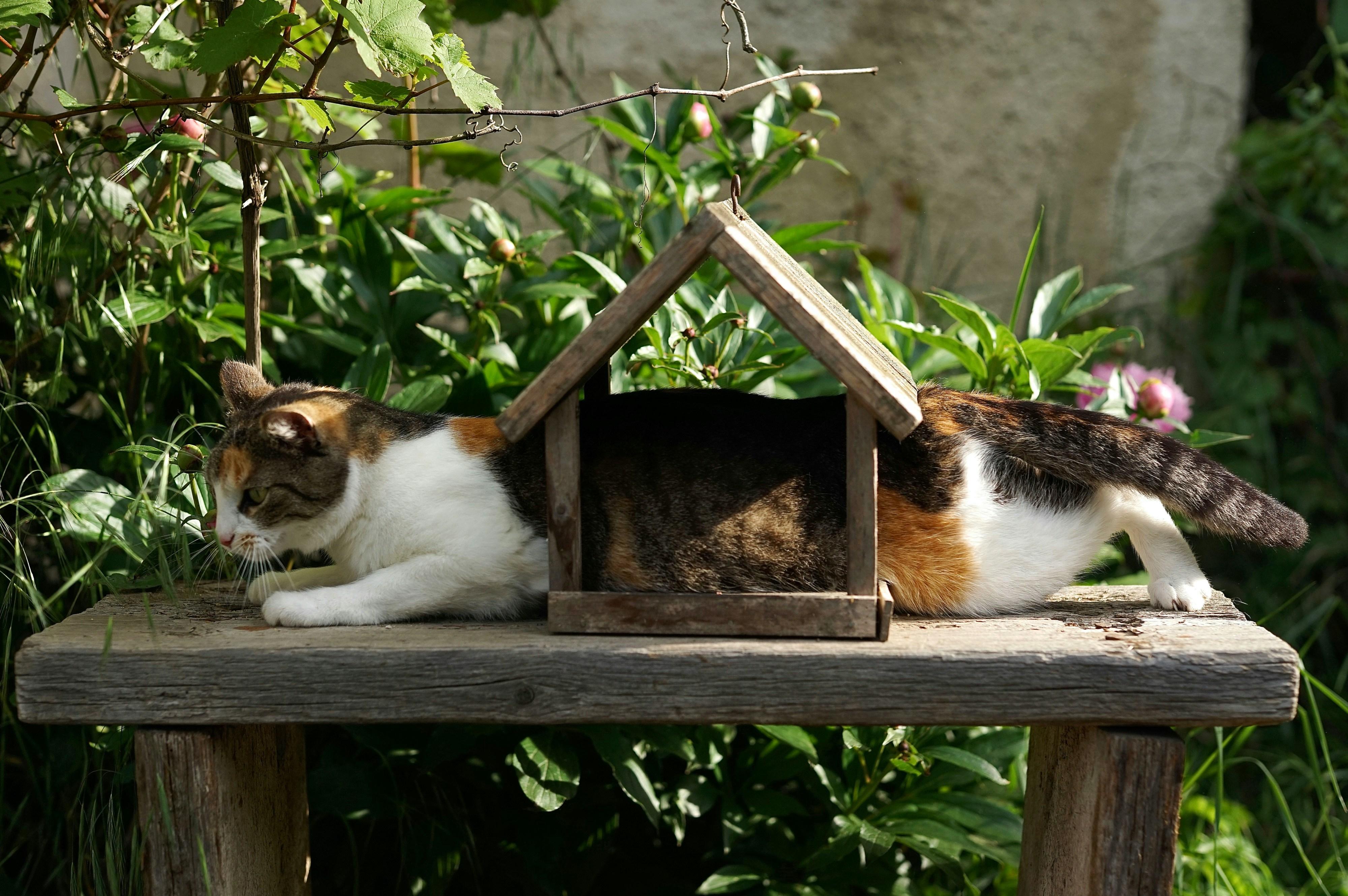
Understanding Envy: A Closer Look at Animal Emotions
When it comes to understanding the emotional lives of our pets, envy is an intriguing subject. While it’s tempting to project human emotions onto animals, it’s crucial to recognize the nuanced ways animals might express feelings akin to envy. Many pet owners report instances where their pets seem to exhibit jealous behaviors, such as a dog nudging its owner when attention is given to another pet, or a cat acting aloof when a new animal joins the household. But are these behaviors truly envy, or are they simply instinctual reactions to perceived changes in their environment?
- Competition for Resources: Pets often vie for resources such as food, toys, and affection. This competition can manifest in behaviors that mimic envy, as they instinctively seek to maintain their share.
- Social Dynamics: Animals are social creatures, and changes in their social structure—like the introduction of a new pet—can trigger behaviors that appear envious.
- Attention-Seeking: Pets thrive on attention from their human companions. A shift in focus towards another pet might lead to behaviors designed to recapture that attention.
In essence, while pets may not experience envy in the complex way humans do, they certainly display behaviors that suggest an awareness of their social standing and a desire to protect their place within the family unit. Understanding these behaviors can help pet owners foster a more harmonious household by ensuring all pets feel secure and valued.
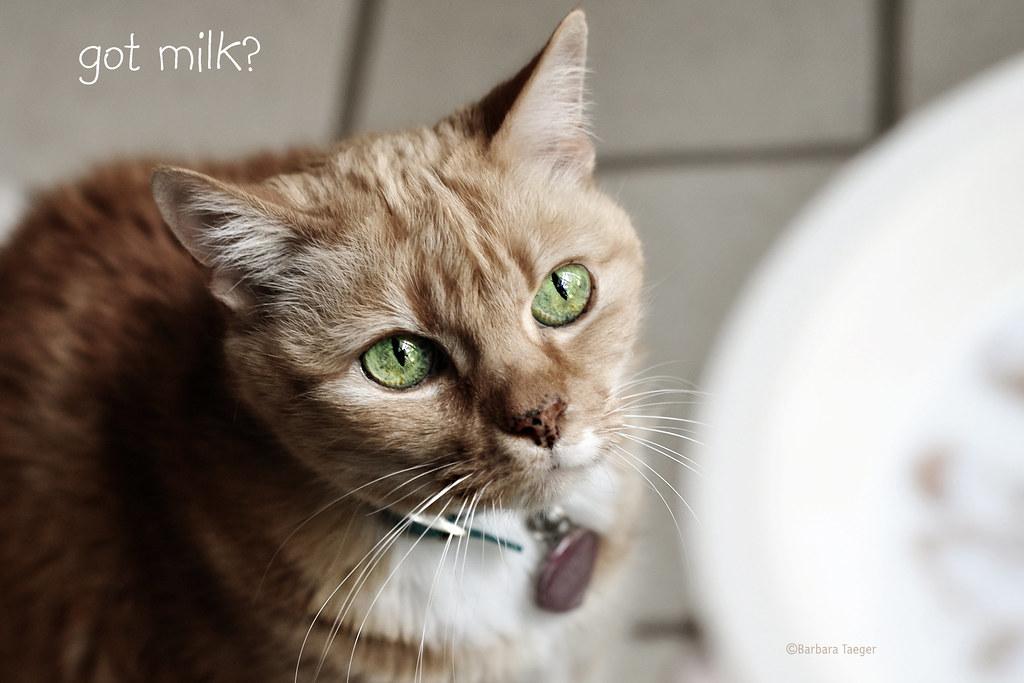
Signs of Envy in Pets: What to Watch For
- Attention-Seeking Behavior: If your pet starts nudging, pawing, or vocalizing more than usual when you give attention to another animal or even a human, this could be a sign. They might try to position themselves between you and the object of their envy, seeking to redirect your focus.
- Changes in Routine: Look for disruptions in their usual habits, such as refusing to eat or sleep in their regular spot. These shifts can indicate distress, possibly stemming from feelings of jealousy.
- Resource Guarding: Your pet might become more possessive of their toys, food, or favorite spaces. This behavior often intensifies when another pet is around, signaling a competitive streak.
- Copycat Actions: If your furry friend begins mimicking the behaviors of the pet they seem envious of, it might be their way of competing for your attention. This imitation can be both amusing and telling.
- Sudden Mood Changes: An envious pet may display signs of anxiety or depression, such as whining, sulking, or excessive grooming. These emotional swings can be subtle yet significant.
Understanding these signs can help in nurturing a harmonious environment for all your pets. Addressing their emotional needs with patience and care is key to ensuring they feel secure and loved.
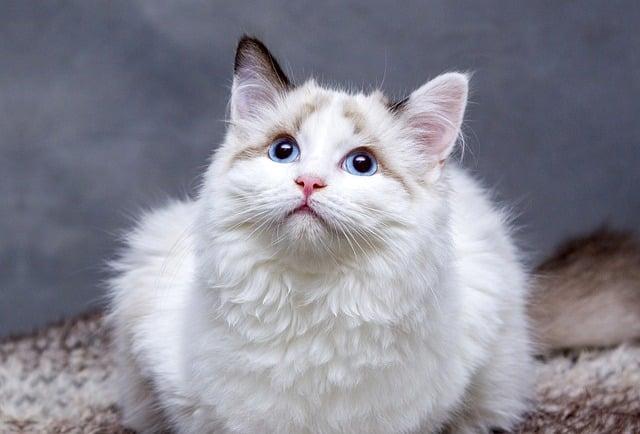
The Science Behind Pet Emotions: Insights from Research
Recent studies in animal behavior and cognition have begun to uncover fascinating insights into the emotional lives of our beloved pets. While the concept of envy in animals is still a subject of debate among scientists, some research suggests that pets might experience emotions that closely resemble envy. This idea stems from observations of behaviors such as jealousy and competitive actions, often seen when pets vie for their owner’s attention or resources like toys and treats.
For instance, researchers have noted that dogs might display behaviors indicating envy when they perceive unequal treatment. This could manifest in scenarios where one pet is being petted or rewarded, while another is ignored. The envious pet may attempt to intervene by nudging their owner or positioning themselves between the owner and the other pet. Some key behaviors associated with envy in pets include:
- Attention-seeking: Attempting to redirect the owner’s focus from another pet.
- Resource guarding: Protecting toys or food when another pet is nearby.
- Physical intervention: Placing themselves between the owner and another pet.
These observations suggest that pets, particularly dogs, might have a rudimentary form of envy, driven by a desire for social bonds and resources. However, further research is needed to fully understand the complexities of pet emotions and their underlying mechanisms.
Fostering Harmony: Tips to Reduce Envy in Multi-Pet Homes
Creating a peaceful environment in a multi-pet home can be a delightful yet challenging endeavor. While pets can form strong bonds with each other, feelings of envy can occasionally surface. To minimize these feelings, it’s essential to foster an atmosphere of fairness and attention. Start by ensuring that each pet has their own personal space, be it a cozy bed or a dedicated feeding area. This helps reduce competition and gives each animal a sense of security.
Interactive playtime is another great way to mitigate envy. Engage all your pets in group activities that encourage teamwork, such as playing fetch or practicing commands together. Here are a few tips to help you maintain harmony:
- Rotate toys and treats to keep things fresh and prevent favoritism.
- Observe body language to identify signs of envy, like aggression or withdrawal.
- Schedule one-on-one time with each pet to ensure they feel valued.
- Reinforce positive interactions by rewarding pets when they share or play nicely together.
By being mindful of these strategies, you can nurture a loving and balanced environment where all your furry friends feel equally cherished.

